View all Standards for Georgia Performance Standards - Theatre Arts
TAHSFT.CR.1 Organize, design, and refine theatrical work.
a. Recognize and/or employ realistic and conventional speech patterns within dialogue or dramatic verse.
b. Incorporate dramatic elements through improvisation.
c. Recognize and interpret artistic choices in performance.
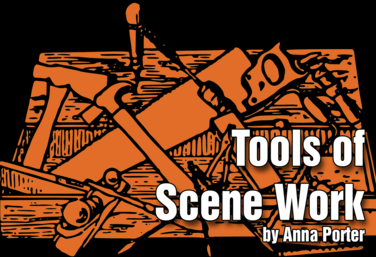
Tools of Scene Work
by Anna Porter
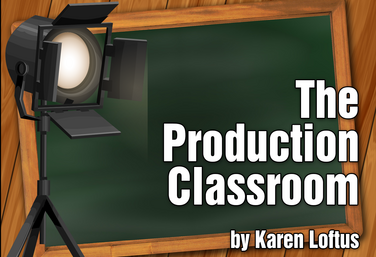
Part of the Production Classroom Units Curriculum
Production Classroom Units Overview
by Karen Loftus

Part of the Production Classroom Units Curriculum
Part One - Pre-Production
by Karen Loftus

Part of the Production Classroom Units Curriculum
Part Two - Rehearsal and Performance
by Karen Loftus

Part of the Production Classroom Units Curriculum
Part Two - Documents
by Karen Loftus

Part of the Production Classroom Units Curriculum
Part Three - Reflection and Assessment
by Karen Loftus
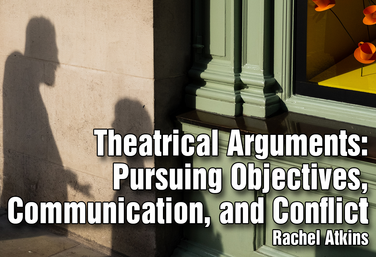.png)
Theatrical Arguments: Pursuing Objectives, Communication, and Conflict
by Rachel Atkins
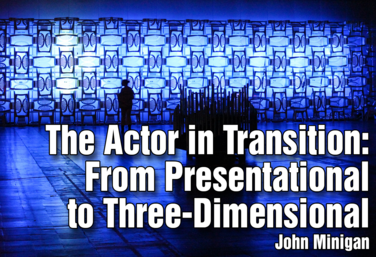
The Actor in Transition: From Presentational to Three-Dimensional
by John Minigan
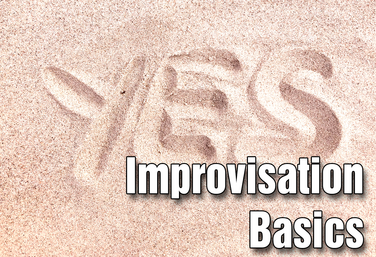
Part of the Middle School Curriculum
Unit Two: Improvisation Basics
by Lindsay Johnson
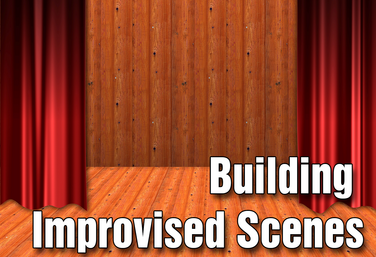
Part of the Middle School Curriculum
Unit Three: Building Improvised Scenes
by Lindsay Johnson
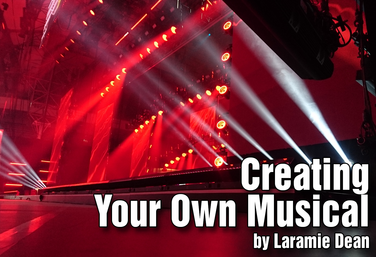
Creating Your Own Musical
by Laramie Dean
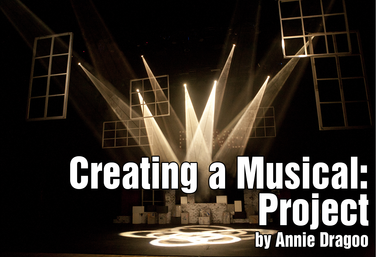
Creating a Musical: Project
by Annie Dragoo
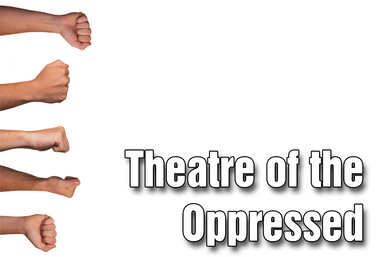
Part of the Middle School Curriculum
Unit Eight: Theatre of the Oppressed
by Lindsay Johnson
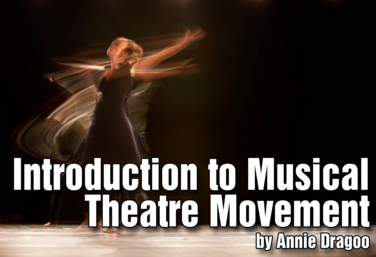
Introduction to Musical Theatre: Movement
by Annie Dragoo
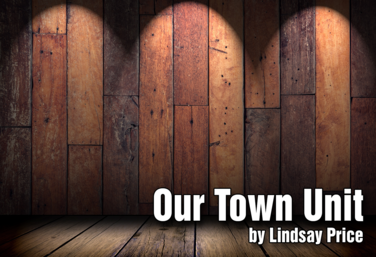
Our Town Unit
by Lindsay Price
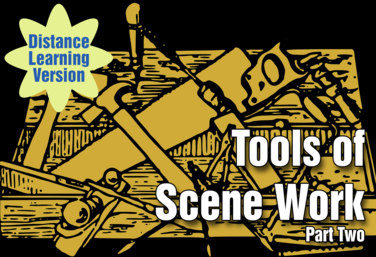
Part of the Distance Learning Curriculum
Scene Work: Part 2, Student Self Staging
by Lindsay Price

Perspective Taking
by Lindsay Price

Decolonizing Monologues
by Nicholas Pappas
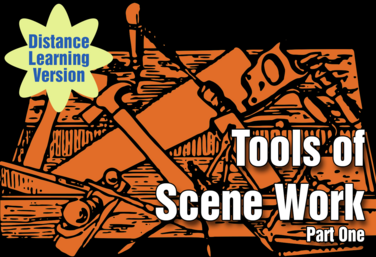
Part of the Distance Learning Curriculum
Scene Work: Part 1, Tools of Scene Work
by Lindsay Price
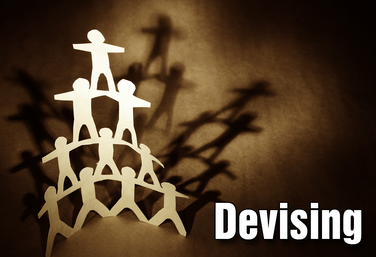
Part of the Drama Two Curriculum
Devising
by Corinna Rezzelle
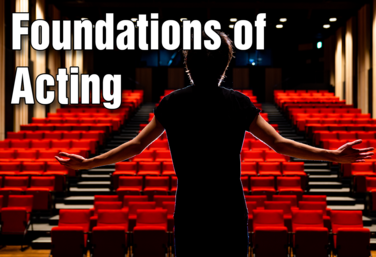
Foundations of Acting
by Annie Dragoo
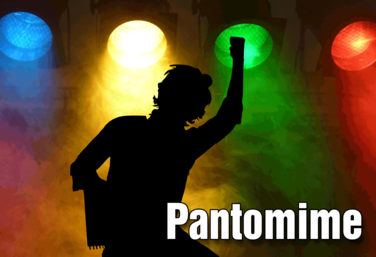
Pantomime
by Angel Borths
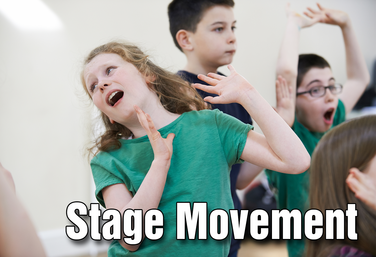
Part of the Drama One Curriculum
Stage Movement
by Karen Loftus

Part of the Drama One Curriculum
Pantomime
by Karen Loftus
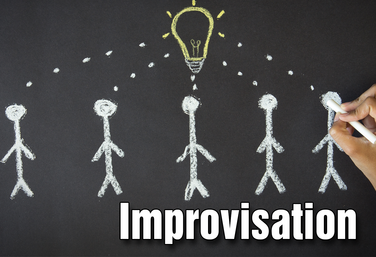
Part of the Drama One Curriculum
Improvisation
by Karen Loftus
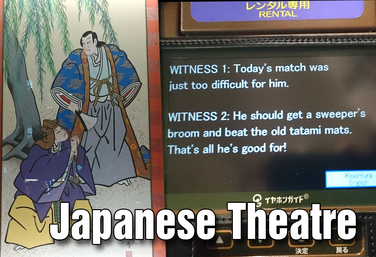
Part of the Drama One Curriculum
Japanese Theatre
by Karen Loftus
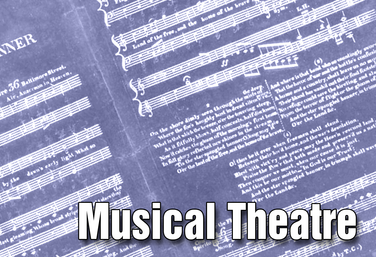
Musical Theatre
by Anna Porter
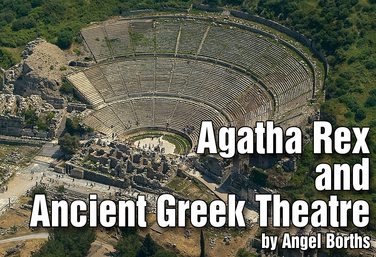
Agatha Rex and Ancient Greek Theatre
by Angel Borths
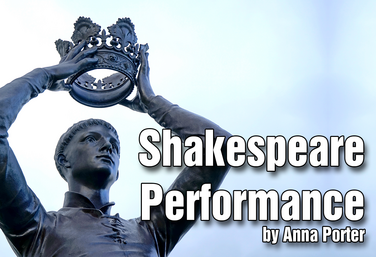
Shakespeare Performance
by Anna Porter
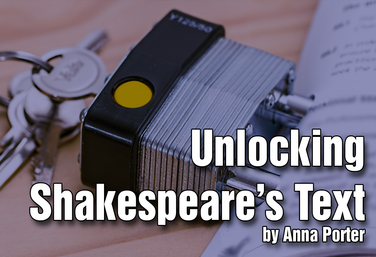
Unlocking Shakespeare's Text
by Anna Porter

Pantomime
by Anna Porter
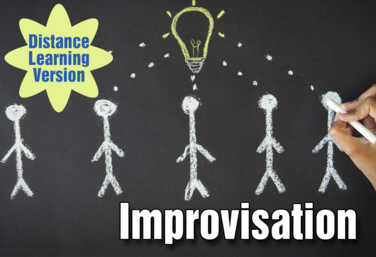
Part of the Distance Learning Curriculum
Improvisation
by Lindsay Price and Karen Loftus

Part of the Distance Learning Curriculum
Pantomime
by Lindsay Price and Karen Loftus

The Dilemma Project
by Claire Broome
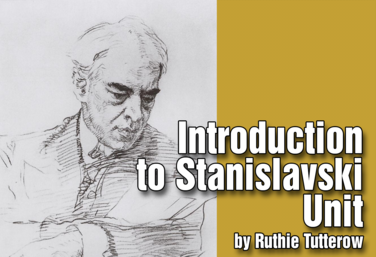
Introduction to Stanislavski
by Drama Teacher Academy
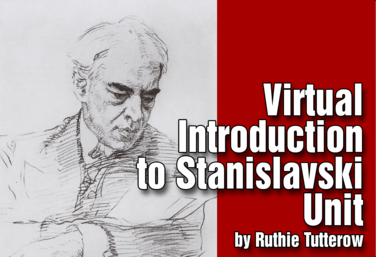
Virtual Introduction to Stanislavski
by Drama Teacher Academy
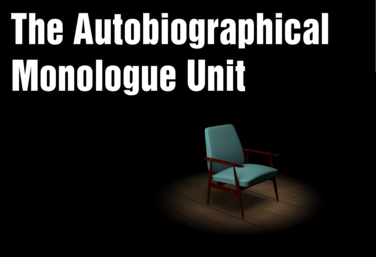
The Autobiographical Monologue
by Gai Jones
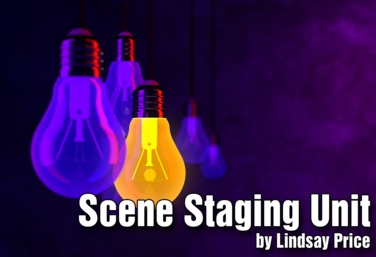
Scene Staging
by Lindsay Price
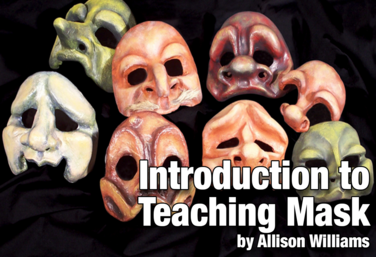
Introduction to Mask
by Allison Williams

Spoken Word Poetry
by Quincy Young
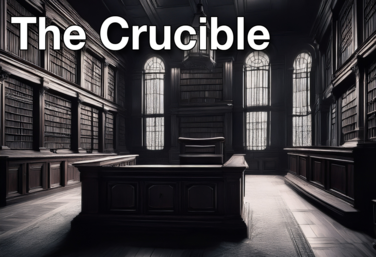
The Crucible Unit
by Lindsay Price
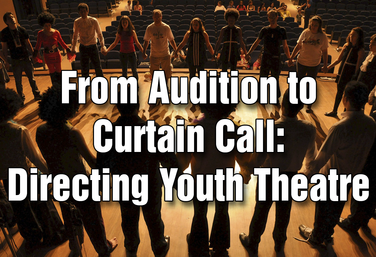
From Audition to Curtain Call: Directing Youth Theatre
by Steven Stack
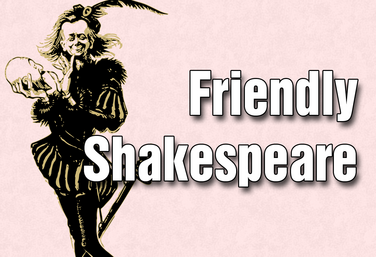
Friendly Shakespeare
by Todd Espeland
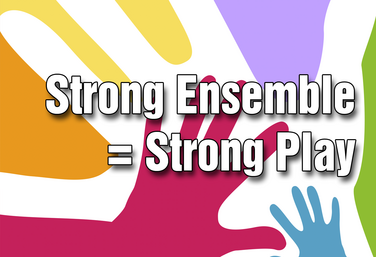
Strong Ensemble = Strong Play
by Craig Mason
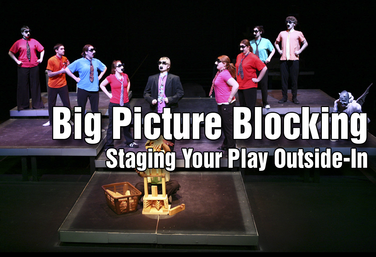
Big Picture Blocking: Staging Your Play Outside-In
by Todd Espeland
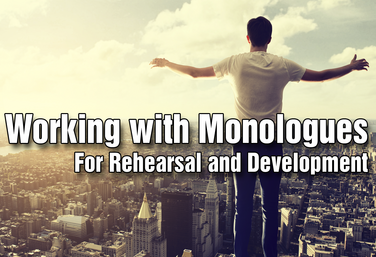
Working With Monologues For Rehearsal And Development
by Gai Jones

Laban: Advanced Characterization
by Todd Espeland
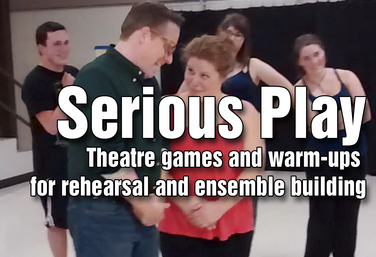
Serious Play: Theatre Games and Warmups for Rehearsal and Ensemble Building
by Todd Espeland
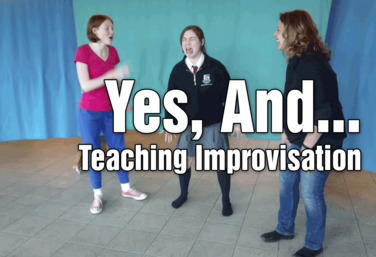
Yes, And... How to Teach Improv
by Jennine Profeta
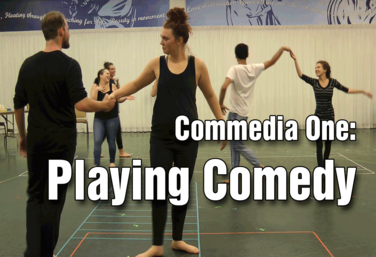
Commedia I: Playing Comedy
by Todd Espeland
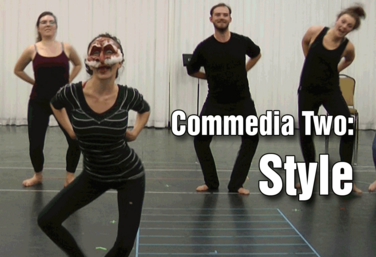
Commedia II: Style
by Todd Espeland
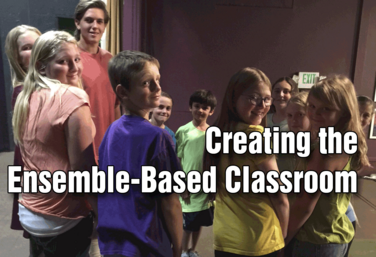
Creating the Ensemble-Based Classroom
by Gai Jones
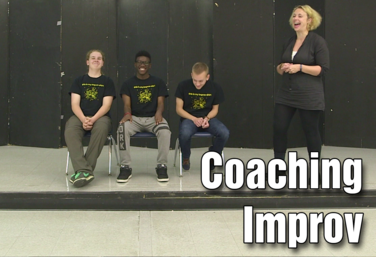
Coaching Improv
by Jennine Profeta

The Production Classroom
by Karen Loftus
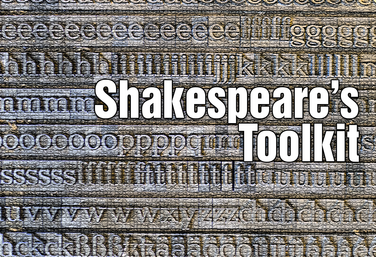.png)
Shakespeare's Toolkit
by Todd Espeland
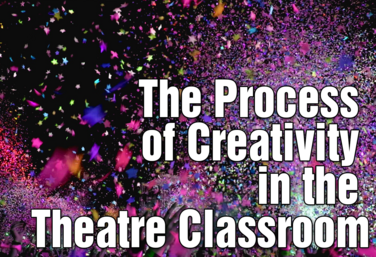
The Process of Creativity in the Theatre Classroom
by Gai Jones
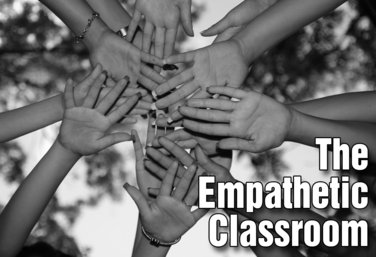
The Empathetic Classroom
by Steven Stack
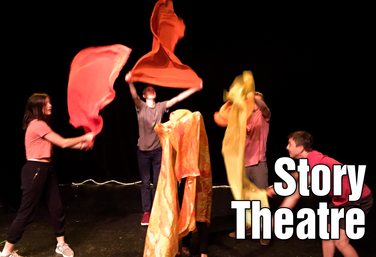
Story Theatre
by Matt Webster
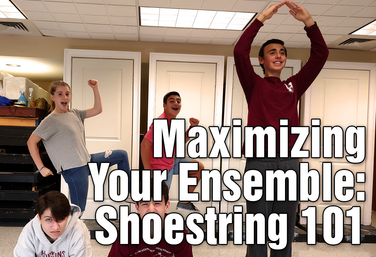
Maximizing Your Ensemble: Shoestring 101
by Michael Calderone
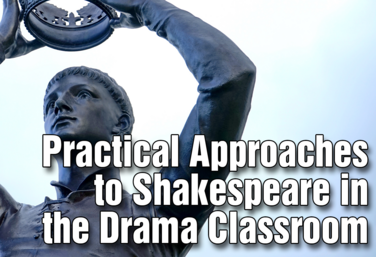
Practical Approaches to Shakespeare in the Drama Classroom
by Julie Hartley
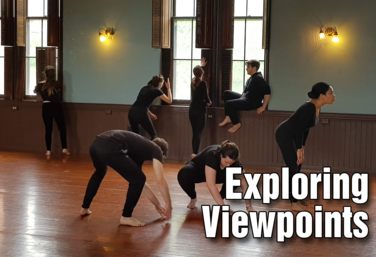
Exploring Viewpoints
by Erin Carr

The Dilemma Project
by Claire Broome
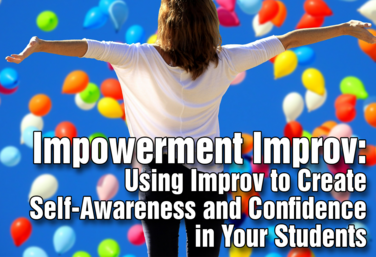
Impowerment Improv
by Jennine Profeta
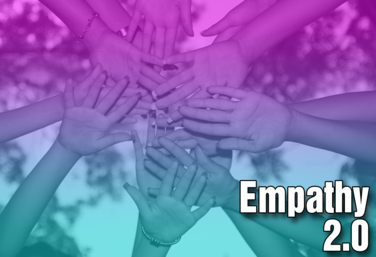
Empathy 2.0
by Steven Stack
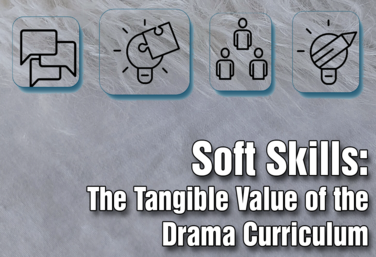
Soft Skills, The Tangible Value of the Drama Curriculum
by Matt Webster
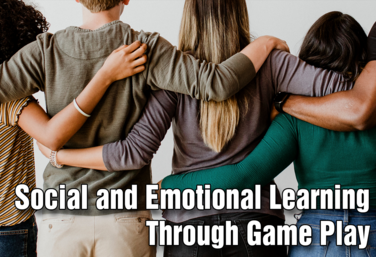
Social Emotional Learning through Game Play
by Matt Webster
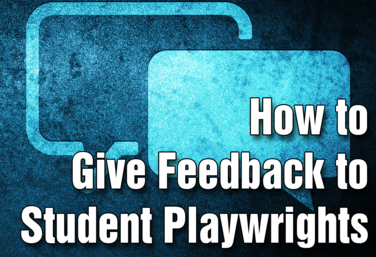
How to Give Feedback to Student Playwrights
by Nicholas Pappas
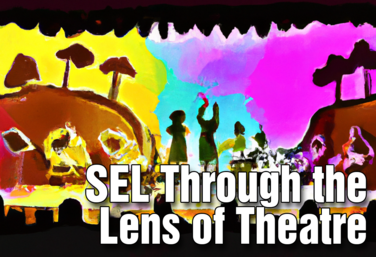
SEL Through the Lens of Theatre
by Christa Vogt
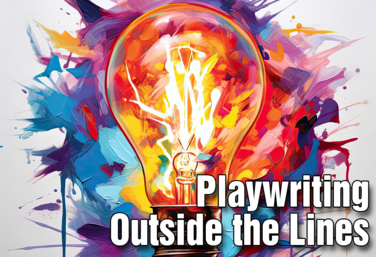
Playwriting Outside the Lines
by Steven Stack
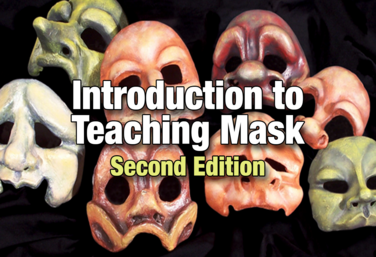
Introduction to Teaching Mask: 2nd Edition
by Allison Williams
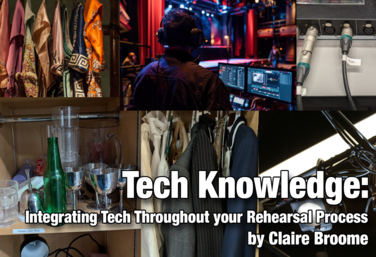
Tech Knowledge: Integrating Tech Throughout Your Rehearsal Process
by Claire Broome
View all Standards for Georgia Performance Standards - Theatre Arts Standards Master List